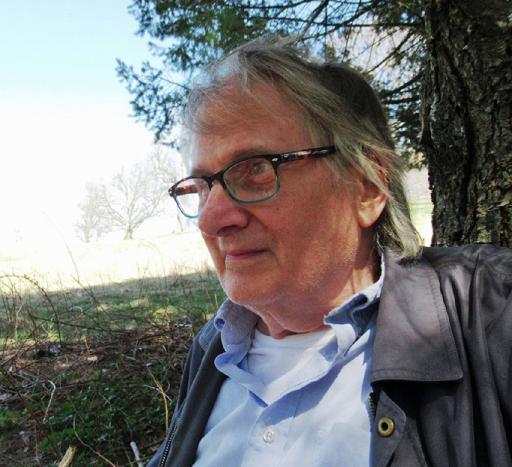
State or Province:
NYcountry:
United Stateswhat are your gifts and talents?:
why do you want to join abcd in action?:
seems like a good fitTwo projects I have been working on, evolving over the past several years. One Big Problem addresses global warming - it came about just out of my personal recent awakening.
Community Networking - is actually a two part program, one of which I call Library Nonprofit Network (LNN) - a few years ago, I contacted McKnight, I thought he might be interested in it - he was, and got me in touch with an activist friend of his (long story). What was interesting is the ABCD graphic showing community groups and how they can relate to libraries and/or churches matched almost exactly with the LNN format. I took the idea a bit further, which you can see in an early site still functioning: https://librarycommunitynetwork.org/
I am currently working on finishing a book detailing the project outlined in the Community Networking site:
I believe there is a relatively simple, easy, and practical way to help local public libraries survive, or if you prefer, to thrive – and – at the same time, improve the general health of local communities. What’s that you say? You’ve heard this before from someone selling the Brooklyn Bridge? Maybe it’s hogwash. Maybe it’s not. Here’s the plan.
Communities have resources, right? Government supplies some, businesses others, and nonprofit organizations do their part. We know about government, and we know businesses. But what about nonprofit-supplied resources – their services and activities? You’ve surely heard about them, some of them anyway.
This is a simple plan: Connect all three – nonprofits, community residents, the public library - using a network. What network? I call it a Library Community Network (LCN). The LCN begins with a comprehensive directory listing of nonprofit organizations, and proceeds by taking actions that encourage collaboration and community involvement (A functioning demonstration directory can be viewed here: https://peekskilllcn.net).
The directory is only a starting point. There’s more. But, really, why libraries and nonprofits?
Libraries are valued for their skills in information gathering and dissemination, and organizations are valued for the content they provide; both are valued for the active concern they have for local communities. Pairing the two is both useful and practical: one for having the potential to make culture and services more visible (the library), and the other for enabling individuals to better satisfy their needs and desires (nonprofits).
In its implementation, this plan is a bit sneaky: In the process of developing a directory listing new relationships can form that help the public library and nonprofit organizations become more visible and more relevant and responsive to evolving community needs.
Some specifics.
Redefine the role of the reference librarian and bring nonprofits into the library. Libraries often have display areas offering brochures and pamphlets for various services and activities. Now just shift the focus: brand the display as a place to exhibit local nonprofit services and activities. Many groups need a meeting space. Providing free meeting space to nonprofits can have long-term and deeper impacts for the library and its community. Sponsor a nonprofit conference where organizations participate in discussion panels and take questions from the audience. A dedicated board for events sponsored by local nonprofit organizations. Organizations could create displays – the way new book arrivals or art works are shown - to illustrate and promote what they do. There’s nothing new about having a community festival - setting up tables or information booths: an annual nonprofit festival would exhibit nonprofit organizations that serve a community, presented by the local public library. Libraries and nonprofits may find ways to collaborate on new projects.
If you know anything about the changing scene for public libraries, you know they are in an active process of discovering or rediscovering their communities: offering more local programs and presenters, services for the disenfranchised, or different forms of personal assistance. Many libraries are on a path to increasing their interaction and service to their communities. What is missing is a coordinated way that will inspire that effort.
